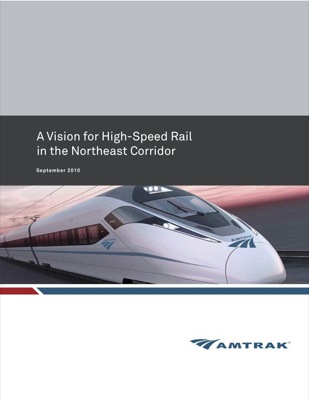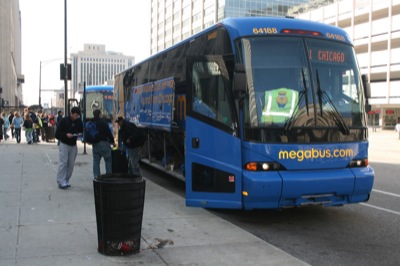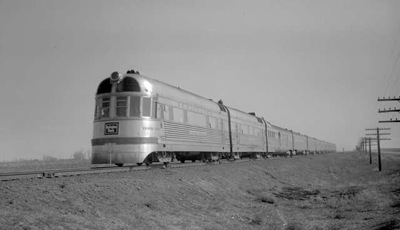Economic journalist Robert Samuelson has a brilliant piece about the inadequacy of the deficit-reduction plan from the Bowles-Simpson Fiscal Responsibility and Reform Commission. It’s not enough to merely trim budgets, says Samuelson. We need a “new public philosophy,” one that rejects the idea that people are entitled to federal subsidies for everything from mass transit to social security.
“It’s not in the national interest to subsidize mass transit, because most benefits are enjoyed locally,” Samuelson said in the portion of the article most pertinent to topics raised by this blog: “If the locals want mass transit, they should pay for it.” This is actually not a new philosophy but one that most Americans intuitively understood before the so-called Progressive Era.











